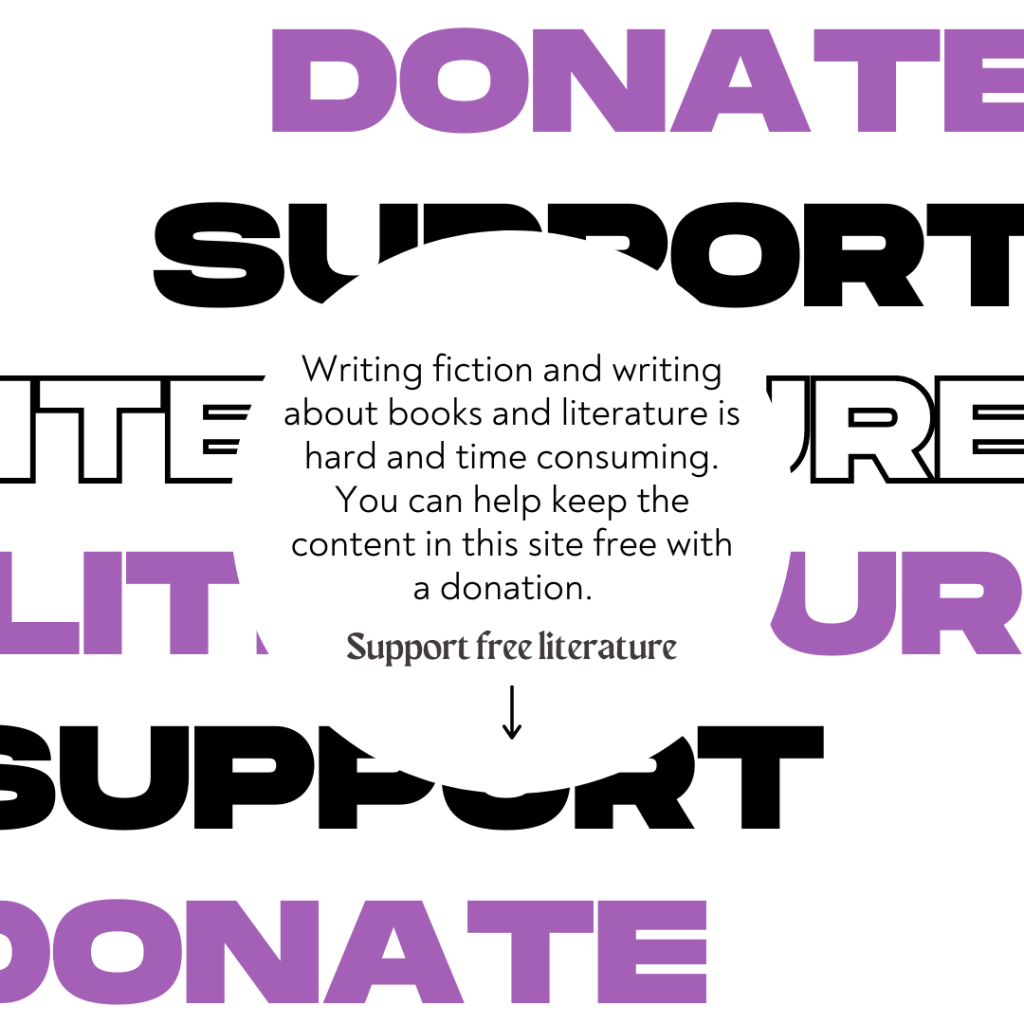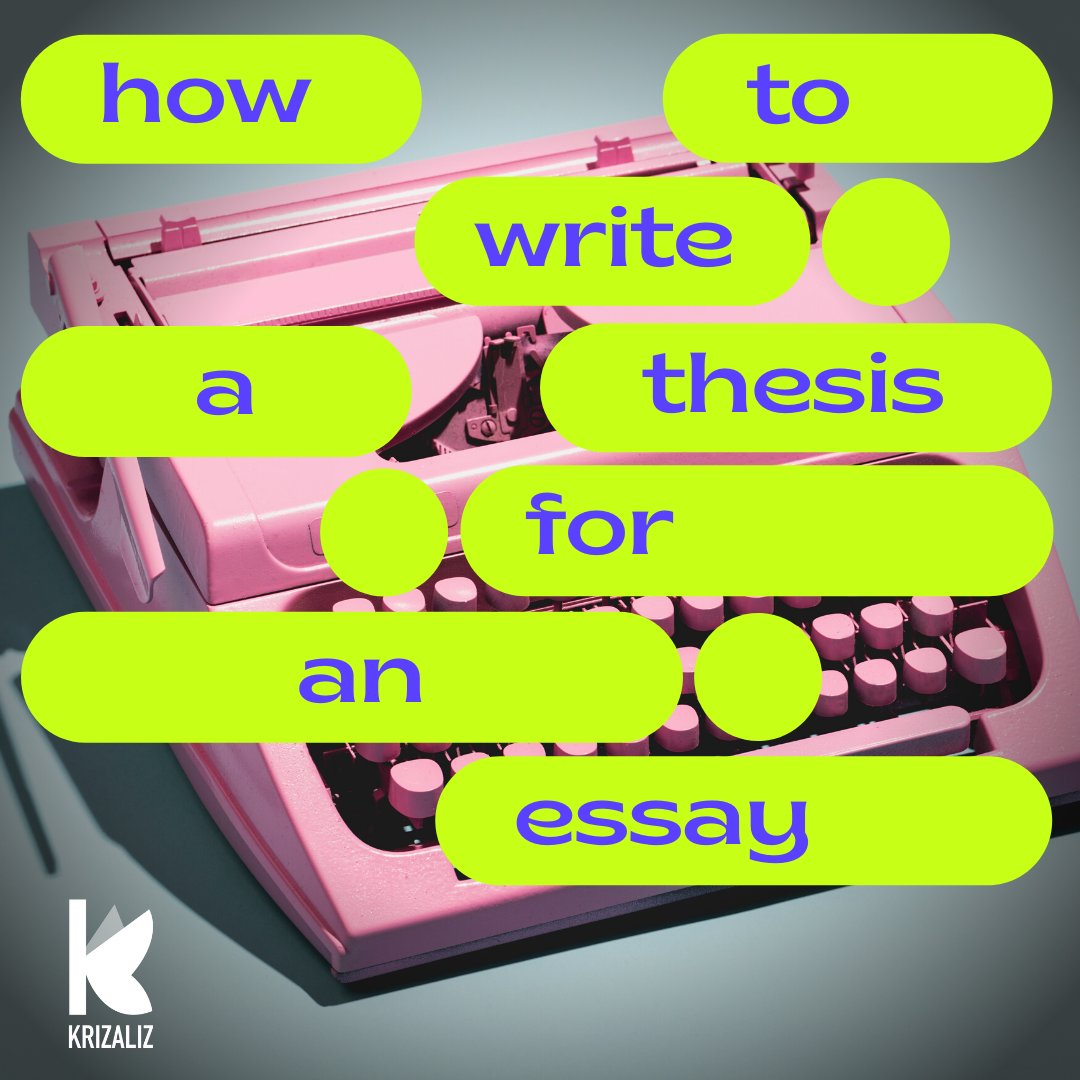If you want to learn how to write a thesis for an essay, then you must first understand what is a thesis.
An essay is a piece of writing we use to prove a thesis.
Unknown.
However, your thesis is not the first thing you write. Begin your essay with an opening sentence that introduces the work you are writing about. In this opening sentence you present the text as the subject of the sentence. After, you follow with a strong verb such as: reveals, critiques, suggests, ironizes, etc. Do not use verbs like shows, says, etc. Also, avoid any general statements about society like: “‘as we all know”, “chivalry has always been.”
But what is a thesis? A thesis is a statement. A thesis is not a single sentence. The ideal thesis statement consists of two to three sentences. There is no way in which you can adequately sum up your entire essay into a single sentence; and, if you are then it is not a good essay. The thesis is the core of your essay. Your thesis statement answers in a clear manner three important questions; What, How and So What? For clarity’s sake let’s write one sentence for each question.
What?
Your first sentence answers the first question. What’s your chosen text engaging with on the level of idea? For example: “Frankenstein’s epistolary structure suggests a self awareness on the part of the novel about writing fiction.”
How?
Your second sentence answers the second question. How does your chosen text engage the idea of sentence one? For example: “The novel’s structure is formed by stitching together pieces of the narrative, it functions as a metaphor for the writing of the novel itself.”
So What?
Your third sentence answers the third question. So what, what are the stakes of this claim? Don’t make this sentence a general answer. Be specific. Explain in this sentence why your previous two sentences matter. For example: “Mary Shelley’s novel ultimately refracts the process of writing fiction by exploring the act of story-telling with the epistolary form.”
Remember that your thesis is a statement, not a single sentence. It presents the reader with the soul of your essay. Its core. The fundamental idea which you will prove through your arguments.
But how to write a thesis for an essay?
How do you come up with an insightful statement that you can prove with a series of arguments? How do you unpack a text? A thesis is not found; instead, it is built. Therefore, write your thesis after you have finished your essay. But how can you write an essay if you don’t know what you are arguing about?
The first step is to read the text. Just read it. It doesn’t matter if you have already read it once. Read it again. Without writing anything. Just read.
The second step is to read the text again, except this time you will perform a close reading. A close reading is similar to an essay; except, it doesn’t have a thesis statement. In a close reading you analyze passages in the same way a biologist analyses bacteria under a microscope. When you perform a close reading you dissect the text and write down everything.
It can be on a piece of paper or your computer or your note-taking app of preference. Anywhere you like. I prefer to write on a whiteboard, since it helps me to see everything at once. A large canvas might also do the trick.
If there is a certain passage or section of the text that is of interest to you then you start there. If there isn’t, start from the beginning. Or if you notice a theme perhaps focus your close-reading on that.
Let’s divide our close reading into two parts; the micro and the macro.
The micro half of the close reading is composed of the following steps:
Firstly, write down or highlight all curious words or phrases that you find. You can add a short explanation of why it is relevant to you. Do not forget to write the page number in which you found it and in case you are working with a poem, write down the line number. Do not write page numbers when working with poems, write line numbers. A poem’s layout may change from edition to edition but the lines remain the same.
Check out these writing guides from Concordia University.
After writing down the curious words, you write down your firsts impressions on the text. Try to focus on a single passage instead of the text as a whole. What is the first thing that comes into mind when you read these words? What can you see? What do you perceive? Are these words connected perhaps? If you could, what would you ask the author of the text about these words? If you cannot think of any question; ask yourself. What is this?
This is how we begin to build a thesis. But don’t think about the thesis yet. Just focus on the words. After all, they are your first impressions of the text. These first impressions can be anything, it is not necessary to write cohesive sentences. Try writing words or phrases that come to mind.
For example, “Milton’s blindness, sight, false sight, illusion or nothing, light of heaven, it is not only about the loss of physical things one can appreciate but most importantly about the unacknowledged loss of metaphysical meaning in life, be it Faith, God, The crown, faith in the crown.” You are not making arguments, you are only observing.
After your first impressions, focus on the diction of the text. From your list of curious words or phrases you interpret the author’s word choice. For example: Why write “unhappy” instead of “sad?” Pay attention to the repetition of words or concepts. Be on the look out for archaic or modern usage of language. Is there a formality to the text? Are the words strange or unexpected? Can the words have multiple meanings or connotations?
For example, does the author use “light” because he is talking about the light that comes from the sun or is he referring to the fact that something is not heavy? Also, how do these multiple connotations interact with one another? Do they transform the text? Do they transform each other?
Thirdly, you analyse the sound and the rhythm of the text. Read aloud the text and listen as you count the syllables of each line.
- How many syllables are there in each line?
- Is it the same length for every line?
- Are all of them different?
- Are some of them different with a few exceptions?
- Where are these exceptions?
- What happens in these lines?
- Does the rhythm slow down or does it speed up?
- Are there any sound devices like alliterations or cacophonies?
- Is there a rhyme pattern?
- Note that rhymes exist outside of poetry.
- Are there too many vowels or not enough?
Do you notice that the letter ”S” repeats itself through a specific section?
Perhaps the author is using this repetition to allude to a serpent that appears in the text or perhaps it alludes to the hissing of the flames of hell. Who knows? Reading the text aloud will help you identify these literary devices. Remember to write everything down. How does the sound and the rhythm relate to the meaning of the text?
Now we move on to the macro half of the close reading.
It is time to bring together everything that you previously analysed. Start looking at the bigger picture. The first step is to dissect the structure of the text. Identify the climax and the turning point of the text. If your text has a clear narrative then identify which type of narrative it is.
- Is it an epic poem?
- What genre does it belong to?
- Is it composed of multiple genres?
- Is it a new genre?
- Does it follow the Aristotelian model?
- Does it take place in a single day or a couple of hours?
- Does the narrative span for months and years?
- Is the narrative shorter than a second?
- Is there even a narrative?
- Does it have plot?
- How is it written; first person, third person or is it a second person point of view?
- Who is the narrator?
- Is there only one narrator or multiple?
- Can you trust the narrator?
- How does the narrator describe the setting? Vaguely or in full detail?
- Is the narrator talking to someone else besides the reader?
- Is the narrator aware or unaware of the reader?
- Are the dialogues long or short?
- Does it even have dialogues?
- What languages are used?
- If the story is set in Mexico then why is it written in English?
- Why does the narrator describe the characters’ feelings instead of the author writing a dialogue for them?
Secondly, consider the silence within the text. You have analysed what you can see and perceive. Now analyse what you cannot see. Is the text hiding something from you? Are there any cuts in the narrative? A caesura maybe?
This isn’t about showing instead of telling. This is about reading where there is nothing to read. Ask yourself why do paragraphs end where they end. What does the author accomplish by withholding something? Look out for ellipsis… Is there a particular sound that is missing? Could there be a missing paragraph somewhere?
Lastly, consider the context of the text. Take into consideration when was it written and how that may influence your reading. Also take into account the time in which you are reading it. Was your text written during the height of the Great War?
Perhaps it was written during the cold war. Or, perhaps we don’t know when it was written, much less by whom. Like “Beowulf” or “Sir Gawain and the Green Knight”. Is the setting of the place the same it was written in? Try to find out what was happening when the text was written. The text could be responding to a phenomenon that occurred many years or centuries before the author was even born.
Or, it could have nothing to do with a specific event and more to do with a way of thinking of a society or culture at a certain point in time and space. Was it published immediately or posthumously? Is this text the original or a translation? Is the text edited?
For example, Mary Shelley’s “Frankenstein” was published originally in 1818 and is considered the definitive edition because it is the novel just as Shelley intended. However, the novel was published again in 1831, after being edited by Shelley’s husband. This made it a completely different novel. For a long time the 1831 edition was considered the definitive edition and it was until recently that the original 1818 edition was started to be considered as the true “Frankenstein”.
It is important to take the context of the text into consideration but do not let it define your reading. It is only one element of many.
After you finish with your close reading. You can begin to analyse your findings. You begin by looking for connections between the different sections of your close reading. If you are working on a whiteboard then draw lines from and to words and phrases that you consider to be related.
If you are writing on your computer then match the font and use different colours to establish the relationships between your findings. Or you can copy and paste the elements so that they are all grouped with other corresponding elements. For example, is there an aspect you found when you analysed the sound that has a meaningful connection to something in your findings that corresponds to the structure of the text?
What can you say about said relationship? Do the elements transform each other or do they complement each other? Does your selection of curious words reveal anything about how the narrator works within the text? Are certain words only used in certain situations or to describe certain characters? Make sure to compare everything that you have found.
Once you have grouped your findings, you can use the relationships you found to begin writing your proto-paragraphs. Choose a relationship you found and write a sentence that explains how the elements connect to one another. Explain in full detail what do these elements achieve. Explain why this relationship is significant.
Also, can you find a similar connection elsewhere in the text? Expand on each sentence that you write, develop each idea as much as you can. Don’t assume that the reader of your essay will know exactly what you are thinking. Don’t just show what you found. It is vital that you convince the reader with arguments based on the evidence that you found.
These first sentences that you will write based on the interpretation of your findings will help you build solid arguments. Note that you are not writing paragraphs or making any arguments that back up any claims about the text. Up to this point you are only writing sentences that explain in full detail your interpretation of your observations.
For example, you are explaining the relationships between the curious words and the sounds of the text. Or how the narrator’s voice influences your first impressions of the text. In the sentences try to explain what is happening, how is this happening and what does this mean?
Organise your sentences accordingly. For instance, if you wrote five sentences that talk about the word “light” and its relationship with other elements of the text then write all of them together in a single paragraph. You may call this the “light” paragraph.
One sentence talks about “light” and the narrator. Another one about “light” and the structure of the story. You have two more sentences that explain how “light” is involved in the rhythm of the text. Now you have identified a recurring element that is of importance.
Re-read your sentences and find out if you can connect them somehow. Can you trace the relationship between “light” and the narrator to the relationship between “light” and the five syllable structure of a couple of lines? Explain that relationship in the simplest way you can.
Don’t omit a single detail. Some elements will not have a relationship with other elements of the text, so focus on those that do. What is the effect of the combination of these elements? After doing this with all your sentences you will end up with a couple of paragraphs that illuminate a point. The combination of these ideas will give you your thesis statement. What is happening? How is this happening? And what does it mean or, So what?
What is happening with these ideas? How are these coming together throughout the text? And what does it mean for the text as a whole; or, as my teacher taught me “So what?”
Support the Author:


